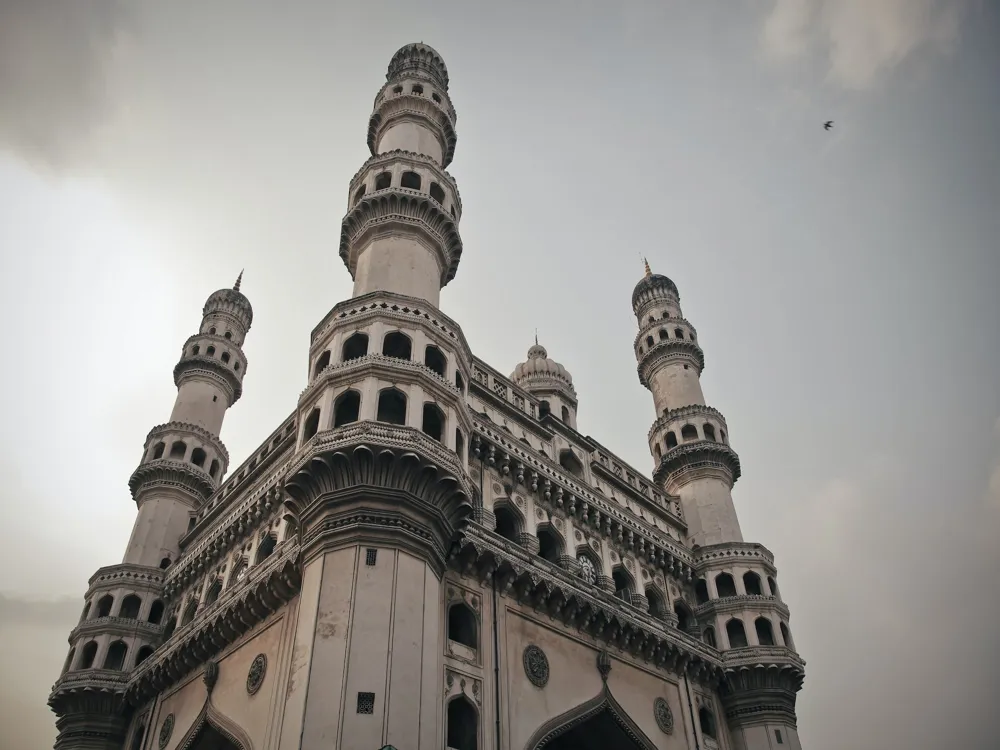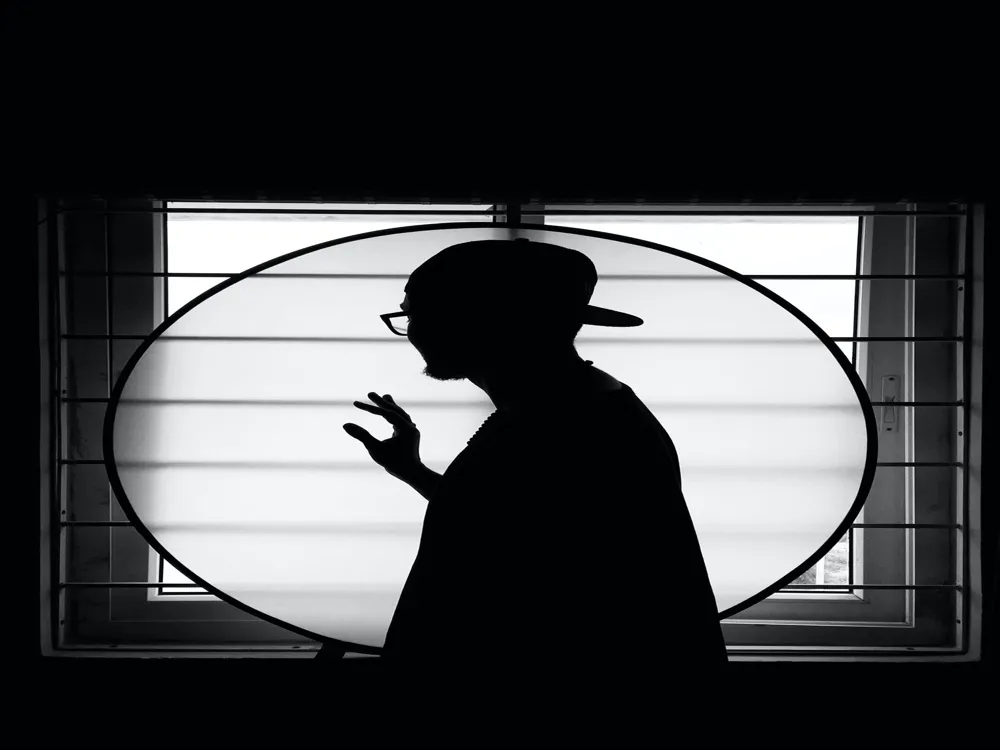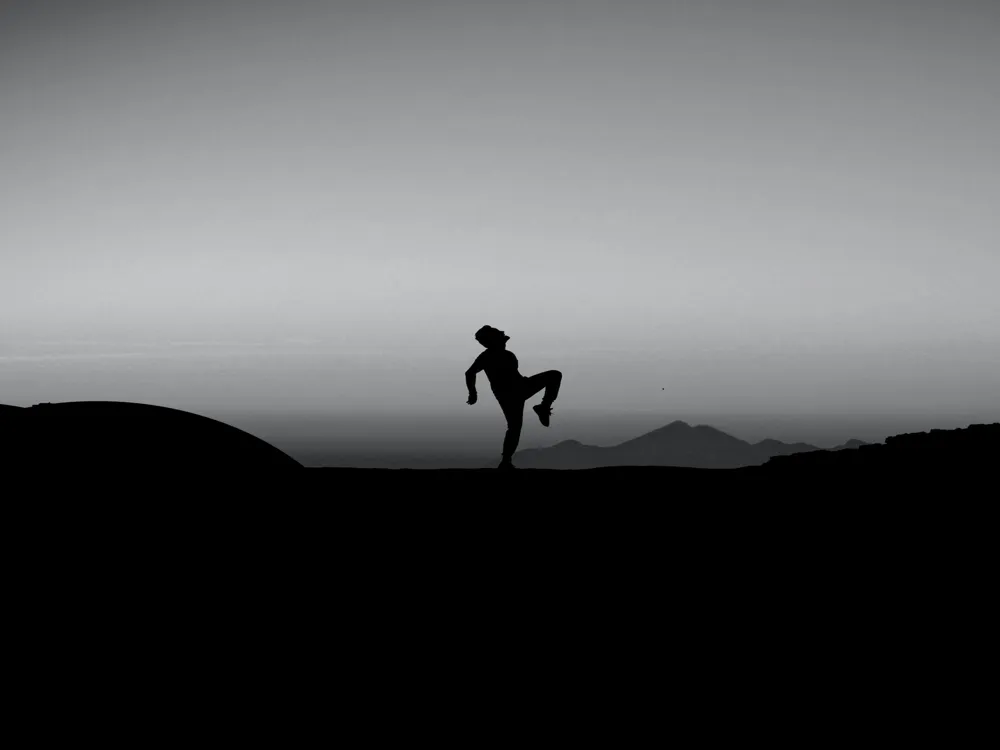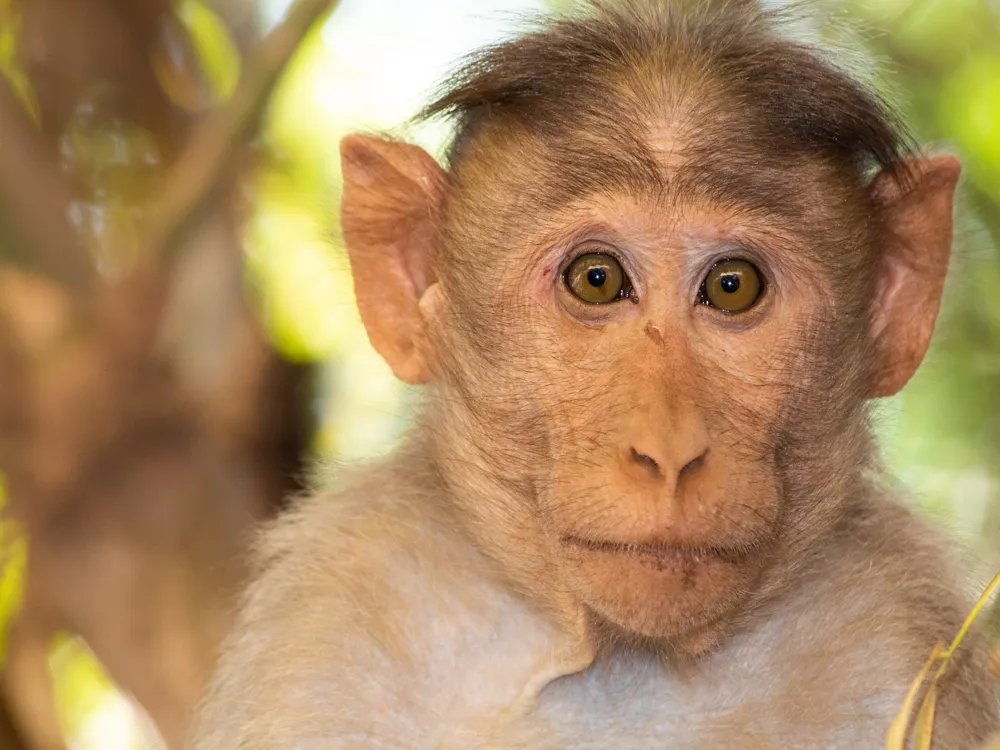The Bhuvanagiri Fort, nestled in the Nalgonda district of Telangana, is a historic citadel that stands as a testament to the architectural prowess and historical significance of the region. Built-in the 12th century by the Western Chalukya ruler, Tribhuvanamalla Vikramaditya VI, this fort derives its name from him and is often hailed as an emblem of heritage and culture in Southern India. The fort's strategic location on a monolithic rock at a height of about 500 feet makes it not just a defensive stronghold but also a vantage point offering panoramic views of the surrounding landscape. The fort's history is replete with tales of valor and resilience, having witnessed several dynastic changes from the Chalukyas to the Kakatiyas, and later the Qutub Shahis. It played a pivotal role during various historical epochs, notably during the Kakatiya dynasty, under the reign of Pratapa Rudra, and subsequently in the era of the Qutub Shahi dynasty. The fort's unique position and its imposing structure made it an unconquerable entity through many battles and stood as a symbol of power and prestige. The architectural splendor of Bhuvanagiri Fort is a confluence of innovation and artistry, reflecting the ingenuity of ancient Indian architecture. The fort is renowned for its robust and intricate design, with features that were ahead of its time. The fortification comprises two distinct parts – the lower fort and the upper fort, each serving specific strategic and residential purposes. The lower fort includes several structures like stables, granaries, and armories, while the upper fort is home to majestic palaces, temples, and a water tank. One of the remarkable features of the fort is its ingenious water supply system. Despite its elevation, the fort had an uninterrupted water supply due to the skillfully carved rock cisterns and tanks that collected rainwater. The fort's design also includes several traps and secret passages, adding to its impregnability. The architectural finesse extends to the intricate carvings and sculptures that adorn the walls and ceilings of the temples within the fort, showcasing the religious and cultural significance of the era. The ideal time to visit Bhuvanagiri Fort is between October and March when the weather is pleasant, making it easier to explore the vast expanse of the fort without the harsh sun. Given the fort’s location atop a hill, it is advisable to wear comfortable clothing and sturdy footwear to navigate the steep climbs and rocky terrain. For a comprehensive understanding of the fort’s rich history and architecture, consider hiring a local guide who can provide insights that are not widely known. Don’t forget to bring your camera to capture the stunning views from the top of the fort and its architectural marvels. Bhuvanagiri Fort is well-connected by road and rail. The nearest major city is Hyderabad, which is about 50 kilometers away. Visitors can take a bus or a taxi from Hyderabad to reach the fort. The nearest railway station is Bhongir Railway Station, which is well-connected to various cities in Telangana and across India. For international visitors, the nearest airport is Rajiv Gandhi International Airport in Hyderabad. From the airport, one can hire a taxi or take a bus to reach the fort. Read More:Overview of Bhuvanagiri Fort, Nalgonda, Telangana
Architecture of Bhuvanagiri Fort
Tips When Visiting Bhuvanagiri Fort
Best Time to Visit
Wear Comfortable Attire
Hire a Local Guide
Capture the Moments
How To Reach Bhuvanagiri Fort
Bhuvanagiri Fort
Nalgonda
Telangana
NaN onwards
View nalgonda Packages
Weather :
Label : Must Visit
Tags : Forts & Palaces
Timings : Monday - Sunday: 10:00 AM to 5:00 PM
Entry Fee : For Adult: INR 10
For Children: INR 5
Built By : Tribhuvanamalla Vikramaditya VI
Constructed In : 1076
Planning a Trip? Ask Your Question
Nalgonda Travel Packages
View All Packages For Nalgonda
Top Hotel Collections for Nalgonda

Private Pool

Luxury Hotels

5-Star Hotels

Pet Friendly
Top Hotels Near Nalgonda
Other Top Ranking Places In Nalgonda
View All Places To Visit In nalgonda
View nalgonda Packages
Weather :
Label : Must Visit
Tags : Forts & Palaces
Timings : Monday - Sunday: 10:00 AM to 5:00 PM
Entry Fee : For Adult: INR 10
For Children: INR 5
Built By : Tribhuvanamalla Vikramaditya VI
Constructed In : 1076
Planning a Trip? Ask Your Question
Nalgonda Travel Packages
View All Packages For Nalgonda
Top Hotel Collections for Nalgonda

Private Pool

Luxury Hotels

5-Star Hotels

Pet Friendly







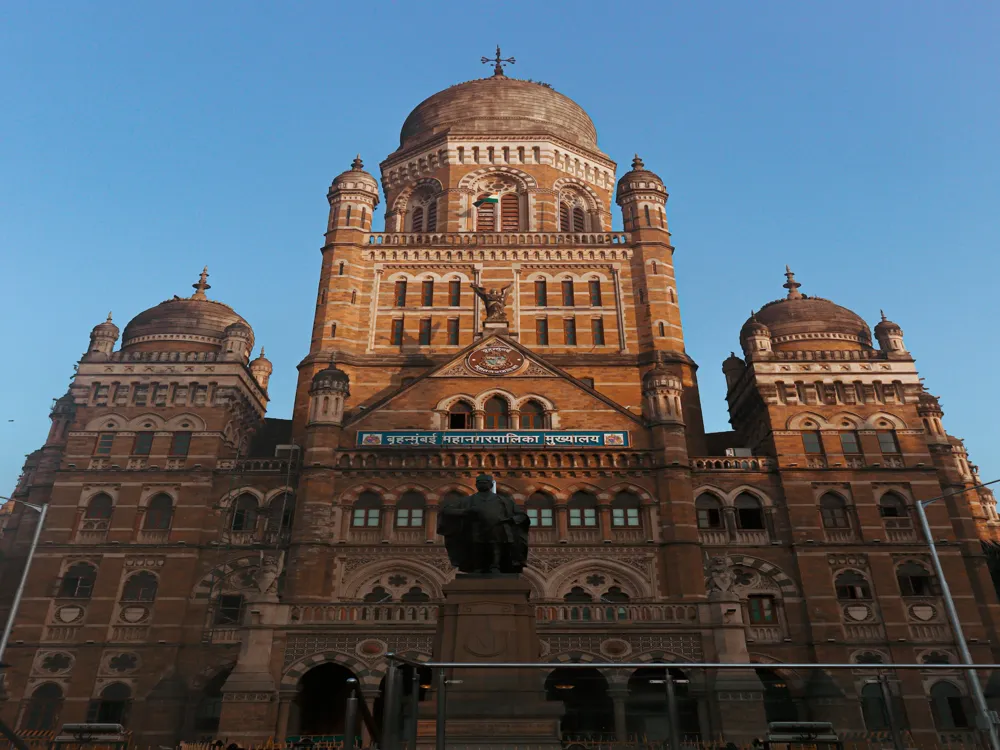
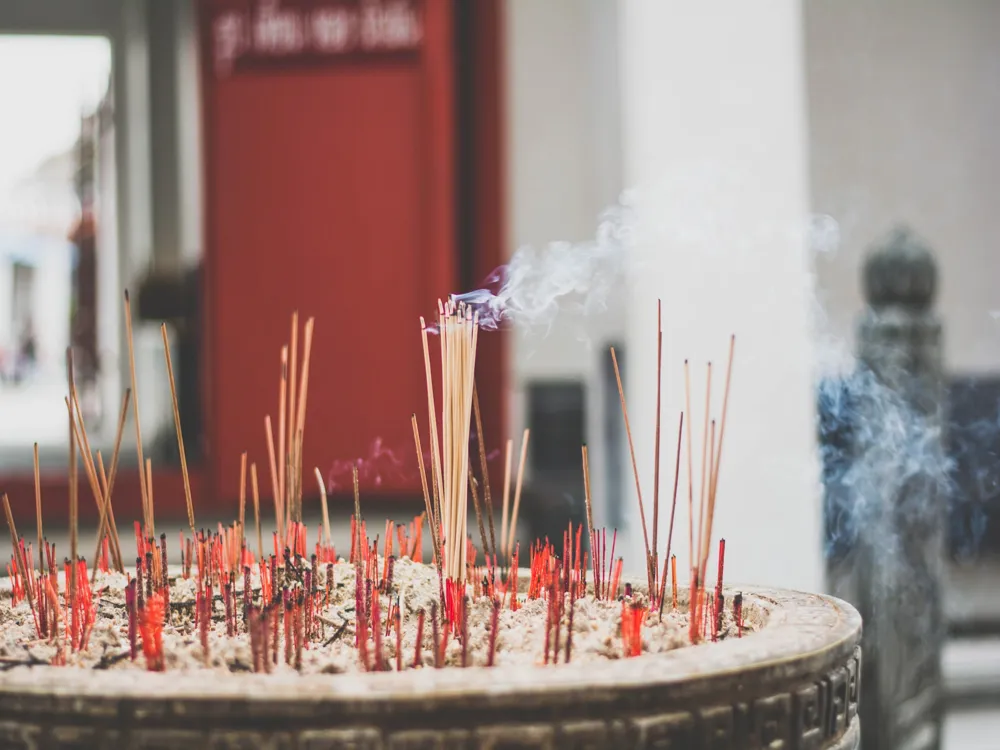
/kunda-satyanarayana-kala-dhamam-surendrapuri-slider-1.webp)
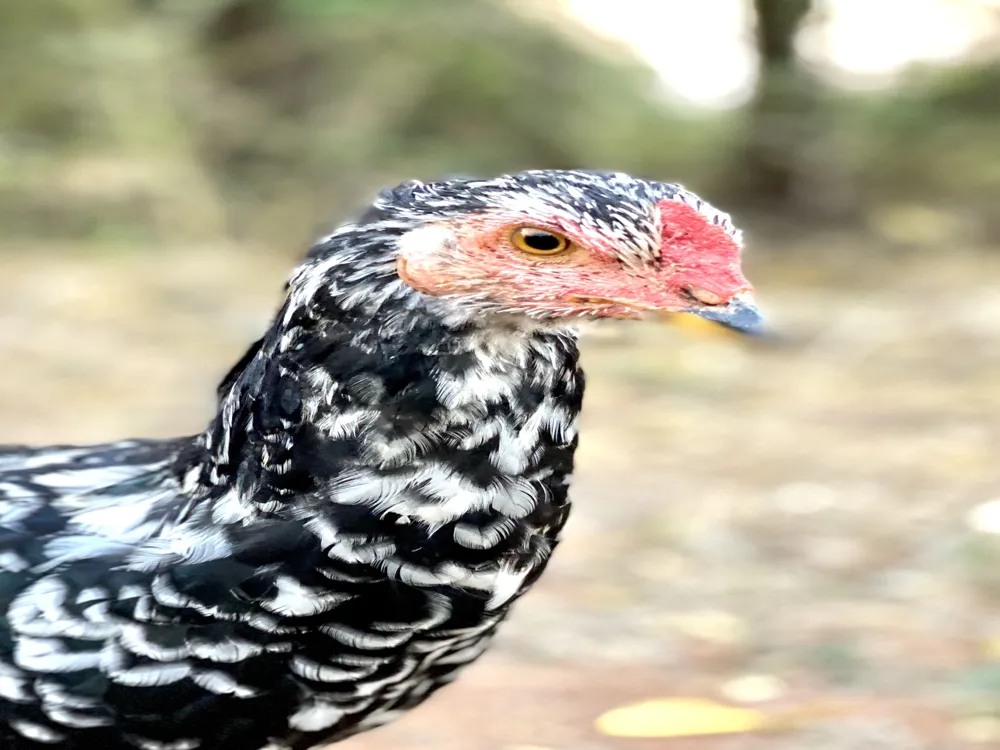
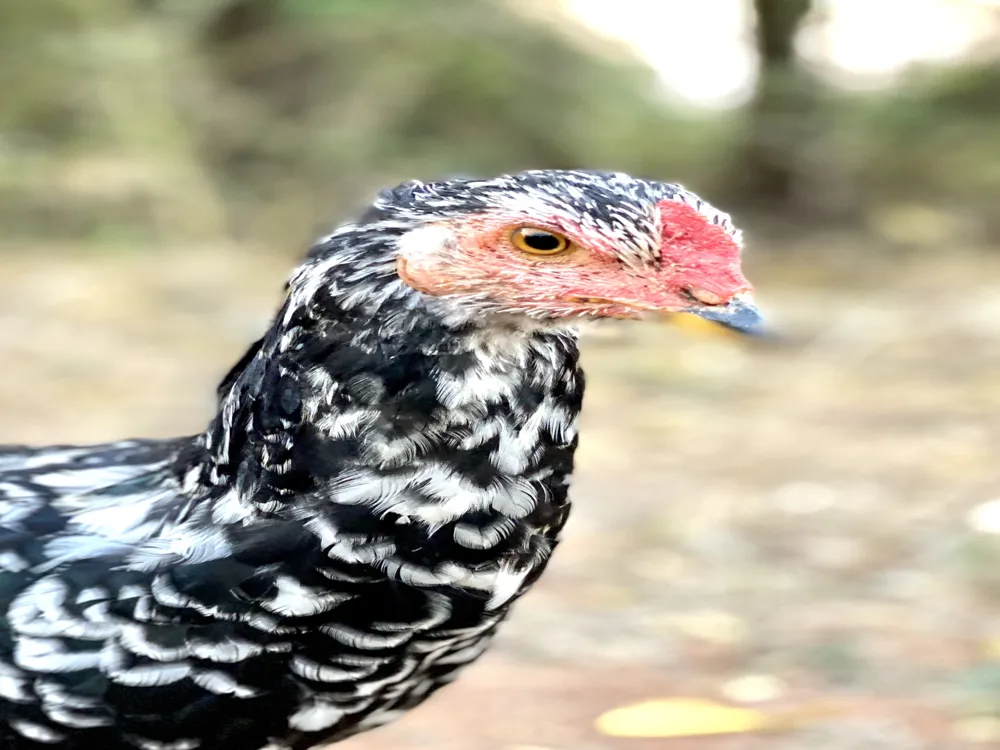
/panagal-panagallu-slider-1.webp)


